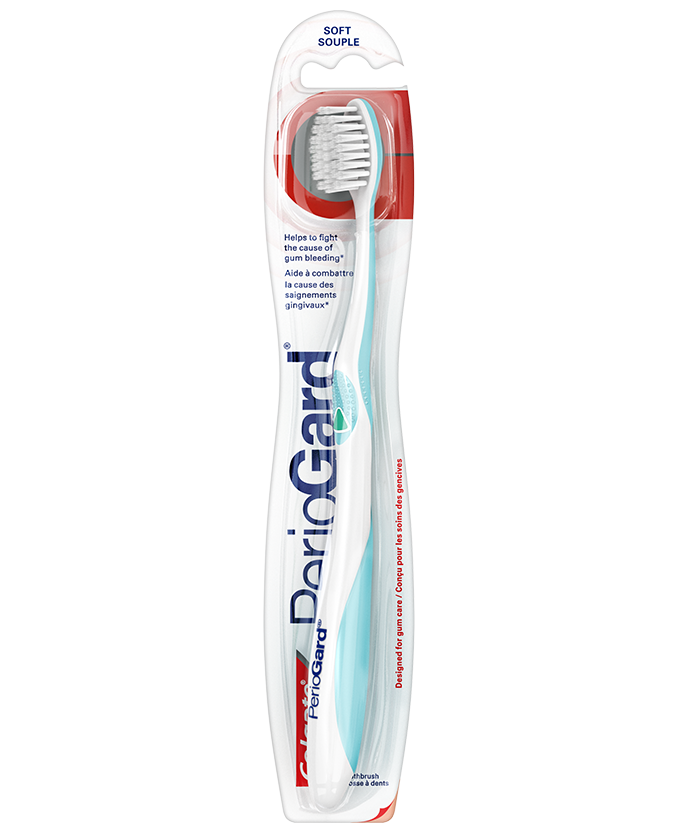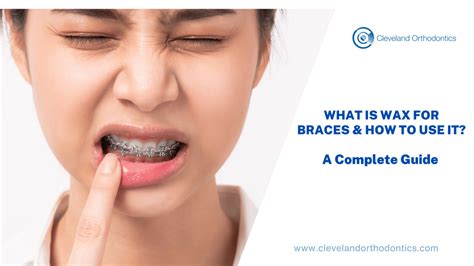Dental Cavities: Prevent & Treat Tooth Decay
The dreaded dental cavity - a common yet preventable condition that affects millions of people worldwide. Despite its prevalence, tooth decay remains a significant public health concern, with far-reaching consequences for oral health and overall well-being. In this comprehensive guide, we’ll delve into the world of dental cavities, exploring the causes, symptoms, prevention strategies, and treatment options available to combat this pervasive problem.
Understanding Dental Cavities
A dental cavity, also known as tooth decay, is a bacterial infection that causes demineralization of tooth enamel, leading to the formation of holes or pits in the teeth. This process occurs when acid-producing bacteria in the mouth break down food particles, particularly sugars and starches, and produce acid as a byproduct. The acid then dissolves the minerals in the tooth enamel, creating a weakened area that can eventually lead to a cavity.
Causes of Dental Cavities
Several factors contribute to the development of dental cavities, including:
- Poor Oral Hygiene: Inadequate brushing and flossing allow plaque and bacteria to accumulate on teeth, increasing the risk of decay.
- Sugar and Acidic Foods: Consuming high-sugar and acidic foods and beverages regularly can lead to an increased production of acid, which contributes to tooth decay.
- Dry Mouth: A lack of saliva can prevent the natural remineralization of teeth, making them more susceptible to decay.
- Genetics: Some people may be more prone to cavities due to genetic factors, such as enamel structure or saliva composition.
- Medical Conditions: Certain medical conditions, like diabetes or gastroesophageal reflux disease (GERD), can increase the risk of tooth decay.
Symptoms of Dental Cavities
The symptoms of dental cavities can vary depending on the severity of the decay. Common signs include:
- Tooth Sensitivity: Pain or discomfort when consuming hot, cold, or sweet foods and drinks.
- Toothache: A sharp, stabbing pain in the tooth or surrounding area.
- Visible Holes: Noticeable holes or pits in the teeth.
- Discoloration: Brown or black spots on the teeth.
Preventing Dental Cavities
Prevention is key when it comes to dental cavities. By adopting good oral hygiene habits and making a few simple lifestyle changes, you can significantly reduce your risk of developing tooth decay. Here are some effective prevention strategies:
- Brush and Floss Regularly: Brush your teeth at least twice a day with a fluoride toothpaste and floss once a day to remove plaque and bacteria.
- Limit Sugar and Acidic Foods: Restrict your consumption of sugary and acidic foods and beverages, or choose sugar-free alternatives.
- Use a Fluoride Mouthwash: Rinse with a fluoride mouthwash to help strengthen tooth enamel.
- Visit Your Dentist Regularly: Schedule regular dental check-ups to catch any potential problems early.
Treating Dental Cavities
If you do develop a dental cavity, there are several treatment options available, depending on the severity of the decay. These include:
- Fillings: Removing the decayed portion of the tooth and filling it with a tooth-colored material, such as composite resin or amalgam.
- Crowns: Covering the entire tooth with a cap to protect it from further decay or damage.
- Root Canals: Removing the infected pulp and nerve tissue from the tooth to prevent further infection.
- Extractions: In severe cases, removing the tooth entirely to prevent the spread of infection.
Advanced Treatment Options
In recent years, several advanced treatment options have emerged, offering new hope for patients with dental cavities. These include:
- Dental Sealants: Applying a clear coating to the teeth to prevent bacteria and acid from reaching the enamel.
- Fluoride Varnish: Applying a fluoride-rich varnish to the teeth to strengthen enamel and prevent decay.
- Laser Dentistry: Using advanced laser technology to remove decay and prepare teeth for fillings or other restorations.
Conclusion
Dental cavities are a preventable condition that can have significant consequences for oral health and overall well-being. By understanding the causes, symptoms, and prevention strategies, you can take proactive steps to protect your teeth and prevent tooth decay. If you do develop a cavity, there are several treatment options available, ranging from fillings and crowns to root canals and extractions. Remember, a healthy smile is just a few simple steps away.
What is the best way to prevent dental cavities?
+The best way to prevent dental cavities is to practice good oral hygiene, including brushing your teeth at least twice a day with a fluoride toothpaste and flossing once a day. Additionally, limiting your consumption of sugary and acidic foods and beverages, and visiting your dentist regularly for check-ups and cleanings can help prevent tooth decay.
What are the symptoms of a dental cavity?
+The symptoms of a dental cavity can vary depending on the severity of the decay, but common signs include tooth sensitivity, toothache, visible holes or pits in the teeth, and discoloration.
How are dental cavities treated?
+Dental cavities are typically treated with fillings, crowns, root canals, or extractions, depending on the severity of the decay. Your dentist will assess the extent of the decay and recommend the most suitable treatment option.

